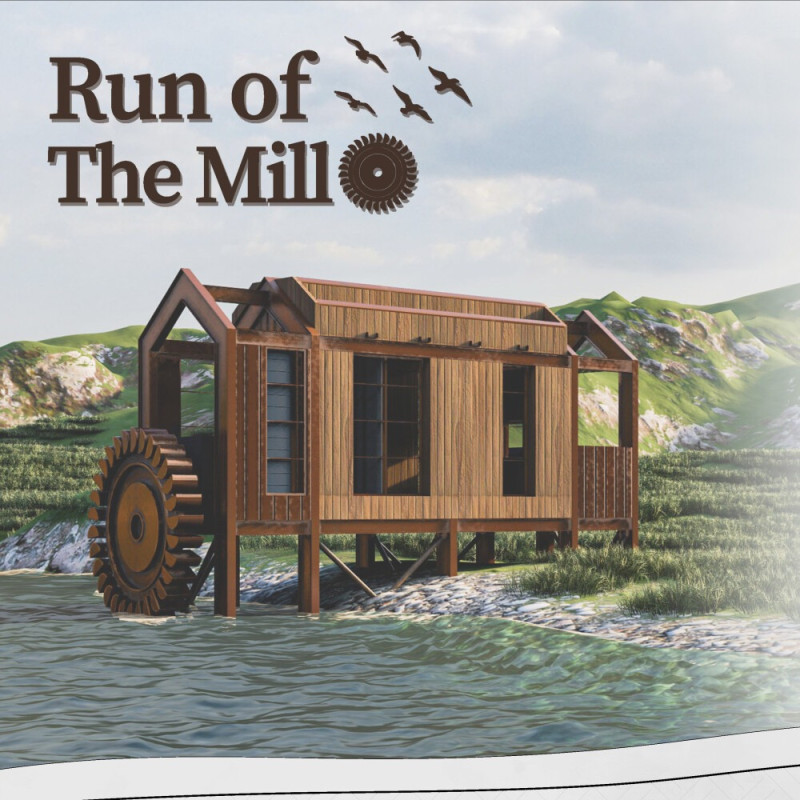5 key facts about this project
At the heart of the design lies an emphasis on natural materials and textures that resonate with the surrounding environment. The use of locally sourced wood, stone, and glass showcases a commitment to sustainability while also enhancing the aesthetic appeal of the structure. The wooden elements not only serve as structural components but also contribute warmth and character, making the building an inviting space for inhabitants and visitors alike. Stone cladding integrated into the façade establishes a visual connection to traditional architecture, grounding the modern design within its geographical context. The extensive use of glass invites natural light into the interior spaces, creating an airy, open feel and promoting energy efficiency.
Significant attention has been paid to important architectural details, such as the integration of green spaces within the design. Rooftop gardens and vertical planters are incorporated into the façade, contributing to biodiversity and providing tranquil oases for users. These green elements serve both ecological functions and aesthetic value, as they soften the building's visual impact and enhance the urban landscape. Furthermore, the strategic placement of outdoor terraces allows for fluid transitions between indoor and outdoor environments, encouraging residents to engage more closely with nature.
The project's layout emphasizes community gathering areas, with open-plan spaces that facilitate social interaction. Common areas are thoughtfully designed to be multifunctional, allowing for activities ranging from casual meetings to community events. This open arrangement not only promotes a sense of belonging among users but also fosters collaboration among different community groups. Pathways encourage movement throughout the building, leading to discreet gathering spots that enhance the overall experience of the space.
Unique design approaches are evident throughout the project, particularly in the use of innovative building technologies and sustainable practices. The incorporation of renewable energy sources, such as solar panels and geothermal heating, underscores a commitment to reducing the building's carbon footprint. These technologies not only ensure long-term cost savings but also reflect a responsible attitude towards environmental stewardship.
Fundamental to the architecture is an understanding of the surrounding urban fabric. The project carefully considers its relationship to adjacent buildings and public spaces, creating a seamless connection to the neighborhood. Through careful analysis and thoughtful design, the building aligns with local architectural language while also introducing contemporary elements that breathe new life into the area.
In summary, this architectural project stands as a testament to modern design principles that prioritize community, sustainability, and functionality. The careful selection of materials, the focus on integrating green spaces, and the creation of inviting communal areas highlight a holistic approach to architecture that is both practical and aesthetically pleasing. For readers interested in delving deeper into the nuances of this project, exploring the architectural plans, sections, and unique design features will provide valuable insights and inspire further discussion on the evolution of contemporary architectural practices.


























